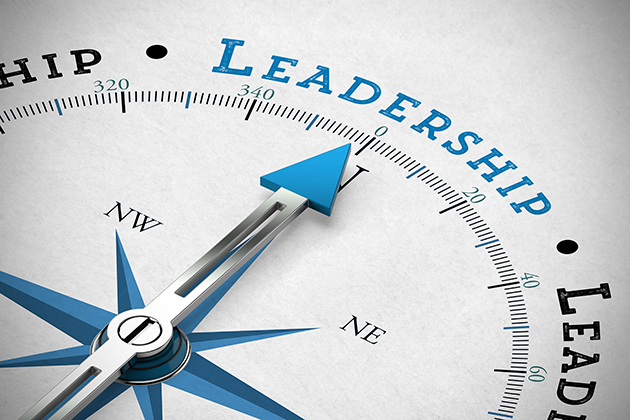
The product development process is long and continues to lengthen. The major players in the orthopaedic industry are getting larger, adding internal complexity to the process. The industry as a whole is becoming more global, adding nuances to product launches in each country. The regulatory and economic burdens faced by manufacturers are growing, adding another layer to the pressure to ensure that new products will receive market traction.
Engineers who are able to break through company silos will not only position new products for a greater product development process and market success, but will strengthen their standing within their company.
This is not an easy task. Engineers have different skill sets, personality traits and product responsibilities than their marketing and sales counterparts. Despite decades of these teams butting heads, the relationship can and should be constructive.
With more than two decades of experience as a product and marketing manager, I learned that having a greater understanding of the final goal and a greater appreciation for team members’ strengths can result in a quicker timeline and a better product. As an engineer on a project—big or small—there are several steps that you can take to foster relationships that make for a more efficient team and product development process.
1. Demand critical parties sit down to define the end product.
Imagine your company has been tasked with developing a wrist plate. As an engineer, you speak with surgeons, take their ideas and make a sophisticated product. Months from launch, it is realized that marketing has spun a story different than the plate developed, and sales says that the plate is priced too high and the added sophistication won’t sell. This scenario plays out all too often.
R&D, marketing and sales need to be at the table to define the product and begin to build a relationship that could last for two to three years as you work toward launch. Talk through the key features of the product. How does it benefit the patient? Who is the target patient? What claims do you want to make about the product? How will it be priced? How does it fit into the portfolio? If competitors have launched a similar product, what are that product’s features and how is it being adopted by the market?
As an integral player in product development, you as an engineer should demand that you and the others involved have a clear understanding and documentation of the product expectations. This way, when marketing wants to say it’s the most ergonomic product, you have the tests to back up the claim. If they come back and say it’s the most comprehensive product, and you don’t have tests to prove that claim, you can go back to the original documentation agreed upon.
2. Demand clear communication throughout the development process.
Each time a new development stage is hit, it’s essential to reconvene and make sure the process and product is on the correct track. Questions that should be asked are: Why are we developing this product? Does the product still meet the requirements initially outlined? If the answer is yes, how will the next stage be handled? If the answer is no, do we need to return to the beginning of this stage?
It’s important to be up front with communication, hold your colleagues accountable to their work on the project and demonstrate that same accountability yourself. One idea is to keep the product goals on your desk, and every time you consider adding this or that feature, ask yourself, Is this taking away from what I’m supposed to accomplish?
This discipline to the process and to communication assists in eliminating surprises at the end of the project.
3. Stick to your strengths.
Everyone brings a unique skillset to the process. An engineers’ skillset is not writing and designing marketing material, nor is it selling a product; it’s taking the product objective and working within those agreed-upon features and benefits—those restrictions—to design and develop the best functional product. You can’t add a feature that you find unique but that will add ten percent to the cost and call it a sales opportunity, especially when you’ve already agreed upon the boundaries.
The power struggle that often plays out between R&D and marketing teams adds time, resources and costs to the product development process, and can hurt a product’s success. The product development process has changed drastically over the last decade, and teams that are able to work together in collaboration and without ego will find new ways to evolve the process and shorten time to market.
Tim Jeavons is Founder of Lighthouse Orthopaedic Consultancy, a company established to bring new ideas and products to the European trauma market, as well as offer market and business development programs for orthopaedic SMEs. He has more than two decades of product and marketing management experience, which includes leading an overhaul of the product development process at an orthopaedic device manufacturer. He can be reached by email.
Lighthouse Orthopaedic Consultancy
www.lighthouseorthopaedics.com




